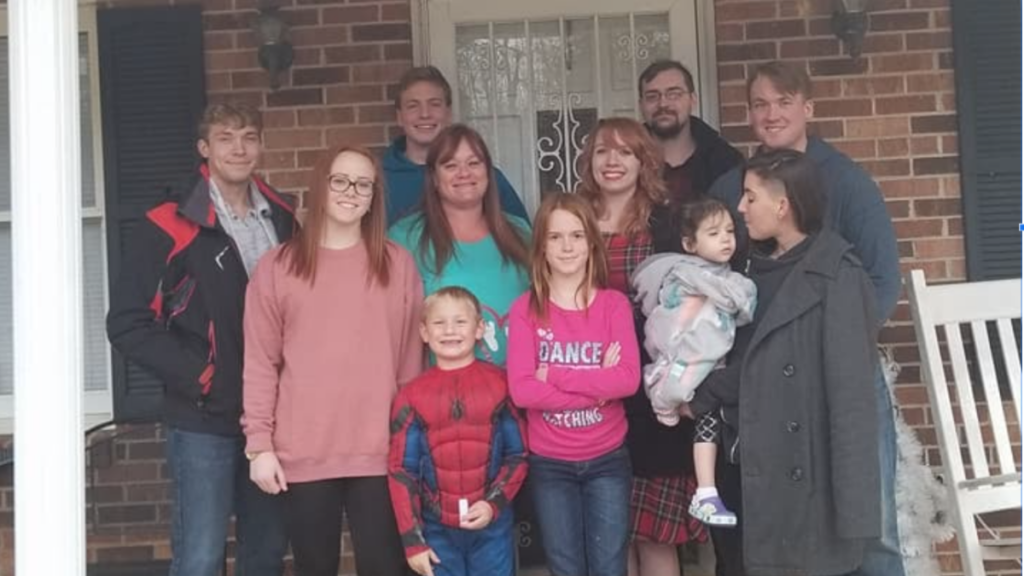By Chrys Collins, RN, MSN Ed, CRRN
Photo from personal collection

In 2012 I was pregnant with my eighth child.
From my first pregnancy through my last, it was my choice to not make my first OB appointment until I was around 10 weeks pregnant, because statistically many miscarriages will happen by eight weeks and I had suffered prior miscarriages.
At around eight weeks I began to bleed. This continued intermittently for several days, so I decided to make an appointment to check and see if my baby had a heartbeat.
The following day I entered an empty obstetrician’s office for my appointment. I was examined by a doctor who scolded me for not making an appointment with a high-risk doctor because I was 41 at the time. I explained I would go to a high-risk office if needed but we weren’t there quite yet.
The doctor insisted that a doppler would pick up the heartbeat with an internal exam if my uterus was “tipped forward”. I am not a small woman and stated the obvious as well as the fact that no one had ever been able to hear a heartbeat with any of my pregnancies before 14 weeks with a doppler.
I also had some childhood experiences that made female exams difficult. I explained this to the doctor and asked for specified care to help me tolerate the exam. Unfortunately, I was handled roughly and after several minutes and no detectable heartbeat the doctor gave up.
I asked for an ultrasound and was denied because “the office was busy, and they had patients to see.” I told the doctor I would be happy to wait if I could be worked in. The doctor stepped outside to “see what could be done”, and I overheard the doctor tell a nurse that I wouldn’t be given special treatment.
Afterwards, I sat for nearly two hours in an empty waiting room to be “worked in”. When I was taken to the ultrasound room, the doctor reappeared and informed me that there would be no ultrasound pictures handed out that day.
I did not want pictures. Just compassion and an answer.
The ultrasound showed there was a beating heart, the bleeding stopped a few days later, and I went on to have a completely normal pregnancy and delivery in the comfort of my own home with a midwife.
I have worked in healthcare for 25 years. I know my rights as a patient, and I am not a docile person. I never went back to that provider and that doctor was not only reported to their employer, but the board of medicine as well.
In my mind though, I wondered how many times this happened to other women. If I was treated that way and I worked in health care, what then of the women who didn’t?
What about the women who were non-confrontational or had no voice?
What about the women who did know their rights and advocated for themselves but were not listened to?
I knew how I felt and wondered sheepishly how I was perceived and what I had done to be treated that way.
Because my experience raised questions, I decided to ask patients both at the hospital where I worked and at New Life Birth Center where I moonlighted to tell me their story. I wanted to know what types of personal experiences resulted in hospitalizations, negative outcomes, or the desire to have care outside of what is perceived as mainstream health care.
Their stories often had a similar theme: their needs were not met, or they felt unheard. Once I was shocked to hear that a doctor asked a 44-year-old woman who was having a miscarriage if “she was done having kids now” while examining her cervix.
In 2016 I found myself teaching a group of adult learners. A few teaching exercises led to some thought-provoking conversations regarding experiences of several students in the medical arena.
Again, I was in a unique position to ask about their stories.
The overriding theme was feeling unsupported and/or unheard.
They all had one thing in common: They were female and more than half were Black.
Those candid conversations were invaluable moments where I felt I learned as much as my students and in a roundabout way have led to this writing.
I do not mean to imply that all western medicine, or doctors for that matter, are evil because that is not the case. I believe God gives us the knowledge and skill to help make a difference and there is a time and a place for medical interventions when necessary.
However, with the statements and experiences that have been shared with me, I believe care providers can do so much better.
Recently, I remembered an article I had read a few years earlier about something called The Safe Motherhood Quilt Project by Ina May Gaskin.1
A long-time midwife practicing in Tennessee, Gaskin noticed the increasing numbers of maternal and infant mortality in America. Her research revealed maternal mortality for Black women was three times higher than any other group.1 She started the quilt project to raise awareness and give recognition to mothers who died of perinatal complications.2
I thought that maybe in my little corner of the world I could give Black mothers recognition and a voice before complications ever arose.
So, I decided to “interview” four precious women who were willing to share their thoughts with me, with the hope of increasing awareness.
Honestly, I wish I could take the time to interview about twenty more women because, again, what was shared with me was deeply thought provoking, and I was honored to learn from it. I hope the same goes for you, the reader.
Up next we will meet Ayanna, Brittany, Kayla, and Venus and hear their stories about life as Black mothers in America. Join me as New Life Birth Center explores what negative and positive experiences made a difference in their motherhood journey.
References:
1 Safe motherhood quilt. (2015, April 20). Christiane Northrup, M.D. https://www.drnorthrup.com/safe-motherhood-quilt/
2 Learn more about Ina May Gaskin’s 501(c)3 non-profit quilt project honoring mothers who died of pregnancy-related complications within the year following birth at: https://www.rememberthemothers.org/



[…] <<Read part 2 […]